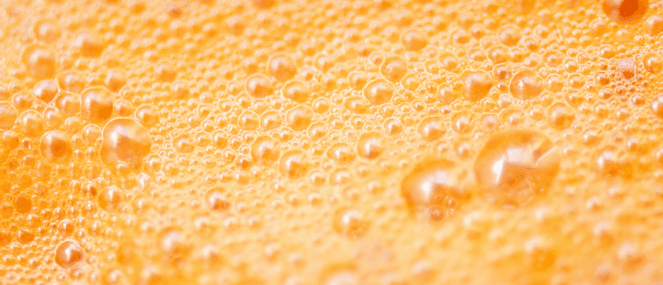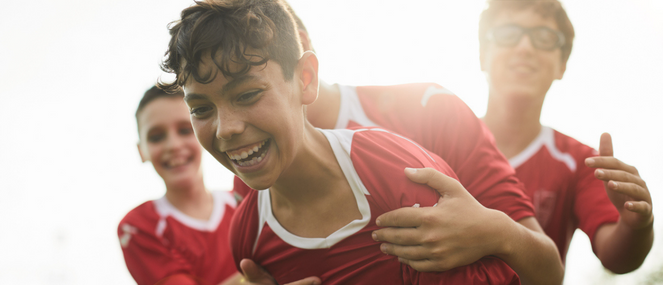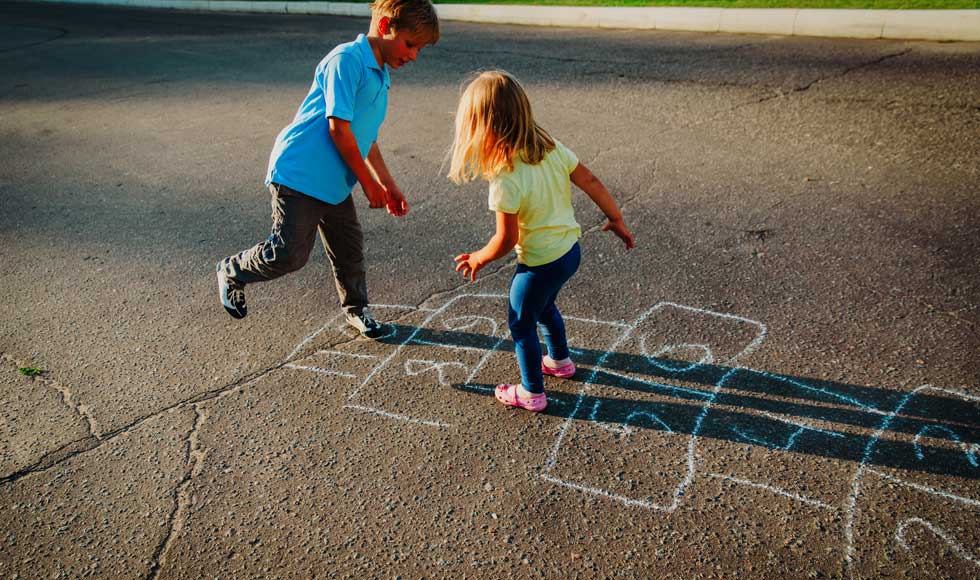
- Health hub/
- Kids Health/
- Learning to swim - a skill that could save a child’s life…


Perhaps with this in mind, the Australian Swimming Coaches and Teachers Association (ASCTA) says infants are able to participate in a structured swimming program, accompanied by a parent, from as young as four months old.
Swim Australia recommends our kids learn how to swim early in life to lessen the chance of aqua-phobia or fear of water.
Laurie Lawrence, former Olympic coach and owner of a large, successful learn-to-swim centre in Queensland, is a vocal advocate for kids learning how to swim from birth. The veteran water safety expert says that with strict parental supervision, a newborns’ bath time is an ideal opportunity to kick-start teaching children to swim.
Lawrence, along with the ASCTA says that baby’s early bathing sessions at home are a logical place to start water familarisation and safety – in a relaxed, controlled environment.
For parents wishing to do a little homework before embarking on any swimming instruction, quality online resources such as the worldwideswimschool.com and reputable teaching DVDs outlining basic domestic water familiarisation and safety tips are a good starting point.
Once your child is old enough and both mum and dad are ready and keen to outsource the responsibility, make sure you look for a good learn to swim centre. Ask questions such as do the staff have up to date resuscitation certificates? Are they qualified through national swimming instructor programs – such as those offered through Swim Australia? Look also at things like how well a swim centres’ facilities are managed – is it clean and hygienic? Check too on the ratio of children to teachers. In the under five-year old age group, it’s better to keep the ratio of children to teacher low so children are well supervised at all times.
Other things to keep in mind are when is the right time for a parent to leave the water during children’s swim lessons? ASCTA says parents should remain present in swimming classes with children up until the age of four – a concept many swim centres support yet it’s not uncommon for independent lessons to start earlier.
Generally beginner learn-to-swim classes reiterate early water safety messages along with expanding skills such as teaching kids how to submerge their face in water and exhale, glide, kick and back float.
Along with age-appropriate physical and gross motor skill development, other indicators that children might be ready for lessons - without mum or dad, include a child accepting being separated from their parents and a willingness to wear cap and goggles (which some swim centres may insist on) – at least some of the time.
But as well as getting kids on the road to independent swimming as early as possible, parents should always keep in mind that nothing replaces adult supervision. Young children can drown in less than obvious places like nappy buckets, water tanks, toilets, fish ponds and even pet water bowls just as easily as more obvious drowning risks posed by pools, oceans, rivers and bath tubs.
Tips for early learn to swim
- Start well-supervised water safety and familarisation exercises as early as possible – at home in the bath is ideal for infants
- Never force a child to go underwater if they are not ready or willing
- Wait until a baby is at least four months old before starting formal swimming lessons
- Think about where you stand on floatation aids – with or without?
- Choose a swim centre that has well managed facilities and caring, qualified staff
- Look for low child to teacher ratios in beginner learn to swim classes
- Learning to swim is a long-term process - it won’t happen overnight but with patience and persistence, it will happen




